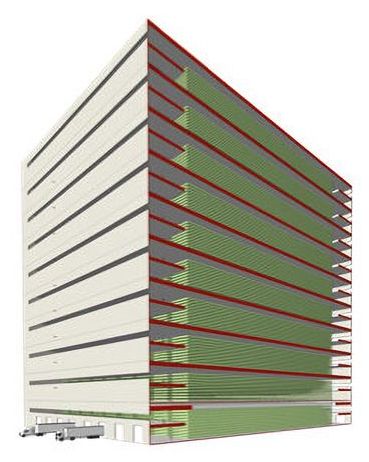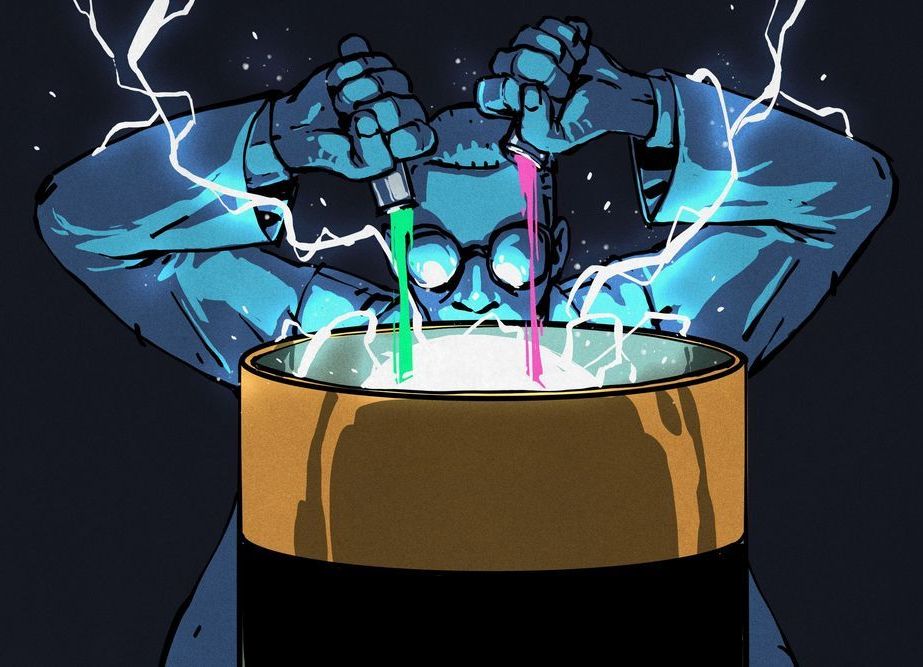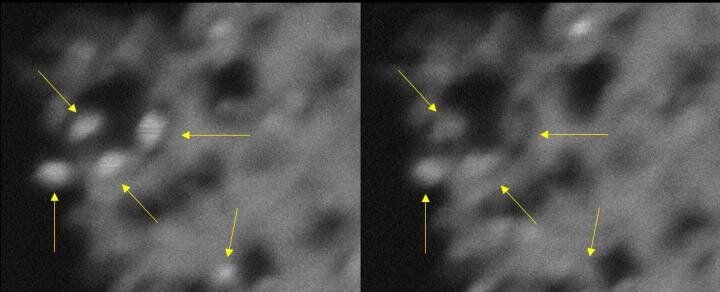A machine-learning algorithm that can predict the compositions of trend-defying new materials has been developed by RIKEN chemists1. It will be useful for finding materials for applications where there is a trade-off between two or more desirable properties.
Artificial intelligence has great potential to help scientists find new materials with desirable properties. A machine-learning algorithm that has been trained with the compositions and properties of known materials can predict the properties of unknown materials, saving much time in the lab.
But discovering new materials for applications can be tricky because there is often a trade-off between two or more material properties. One example is organic materials for organic solar cells, where it is desired to maximize both the voltage and current, notes Kei Terayama, who was at the RIKEN Center for Advanced Intelligence Project and is now at Yokohama City University. “There’s a trade-off between voltage and current: a material that exhibits a high voltage will have a low current, whereas one with a high current will have a low voltage.”








